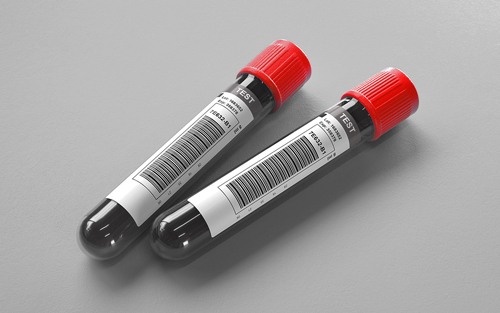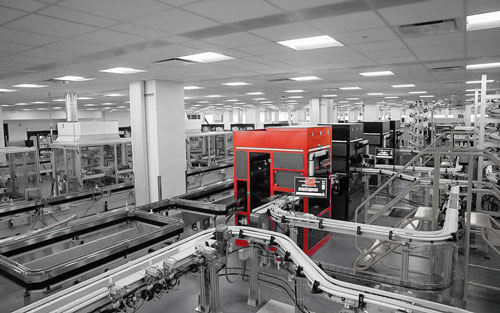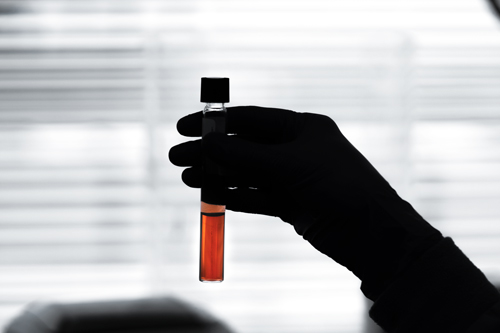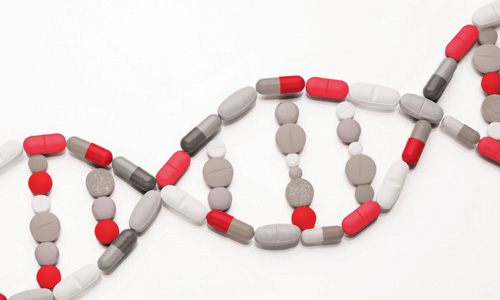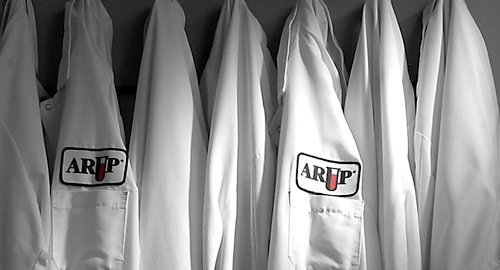Growth Hormone, Timed - Other
Ordering Recommendation
New York DOH Approval Status
Specimen Required
Plasma separator tube or serum separator tube. Also acceptable: Green (sodium or lithium heparin) or lavender (EDTA).
Transport 1 mL serum or plasma. (Min: 0.4 mL)
Frozen. Also acceptable: Refrigerated.
Tissue or urine. Grossly hemolyzed or lipemic specimens.
Ambient: 24 hours; Refrigerated: 1 week; Frozen: 2 months
Methodology
Quantitative Chemiluminescent Immunoassay
Performed
Sun-Sat
Reported
1-2 days
Reference Interval
Interpretive Data
For pediatric patients, very low peak growth hormone (GH) concentrations on stimulation testing are consistent with severe GH deficiency (GHD). Thresholds distinguishing normal from partial GHD have not been well established. Inadequate response to two different provocative tests is required for diagnosis of GHD. (Grimberg et al. Horm Res Paediatr 2016;86:361-397).
In adults, expected peak GH concentrations depend on the stimulation test performed, as described in Endocrine Society guidelines for the evaluation and treatment of adults with GHD (Yuen KCJ et al. Endocr Pract. 2019;25(11):1191-1232).
For suppression testing, healthy subjects have GH concentrations of less than 1 ng/mL within 2 hours of ingestion of a 75 or 100 gram glucose dose. Patients with acromegaly fail to show normal suppression. (Katznelson et al. J Clin Endocrinol Metab, 2014, 99(11):3933-3951).
FDA
Note
This Growth Hormone assay is now standardized to the Recombinant Second International Standard (IS): 98/574. Growth hormone results read approximately 25 percent lower than with the previous standards (First IS: 80/505). Reference ranges have also been modified according to the assay manufacturer.
Hotline History
CPT Codes
83003
Components
| Component Test Code* | Component Chart Name | LOINC |
|---|---|---|
| 0020573 | Growth Hormone, Time (Minutes) | 50220-3 |
| 0070069 | Growth Hormone, Other | 2963-7 |
Aliases
- GH
- GH testing
- GHRH
- Growth Hormone Provocative Test
- Growth Hormone Stimulation
- growth hormone, Serum
- hGH
- Human Growth Hormone
- Somatotrophic Hormone
- Somatotropin
